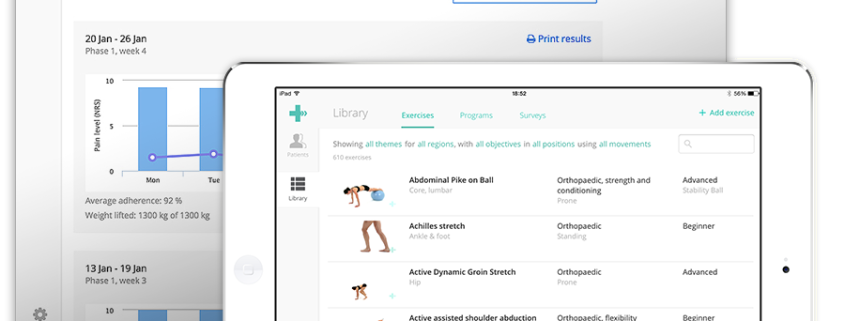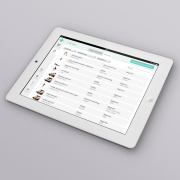Qantas Introduces Exercise Video to Help Prevent DVT
Marijn Kortekaas, @physitrack_au
Qantas has become the first airline in the world to launch an academically verified exercise video on all its international flights to help prevent deep vein thrombosis (DVT).
The four-minute exercise video was developed by academics at the University of Melbourne in a partnership with Physitrack, a global health-tech provider, and Sports Medicine Australia’s official exercise technology partner. Sports Medicine Australia has endorsed the exercise video.
Qantas started rolling out the exercise video on international flights this month.
The video can also be viewed on Qantas’ YouTube channel and already generated more than 22,000 views.
The video was developed by Professor Kim Bennell at the University of Melbourne Department of Physiotherapy. “These inflight exercises are designed to provide a safe way to stretch and enjoy movement in certain muscle groups that can become stiff as a result of long periods of sitting. They may be effective at increasing the body’s blood circulation and massaging the muscles,” Professor Bennell said. “Hopefully, access to these videos will become standard on all international flights,” she said.
Physitrack co-founder Nathan Skwortsow said Qantas were quick to embrace the concept. “Shot in high definition from different angles, each clip shows the correct exercise technique to motivate Qantas’ five million annual international travellers to keep moving during their flight,” he said. “In addition to being one of the safest airlines in the world, it is also great to see Qantas embracing exercise technology, even at 38,000ft.”
Sports Medicine Australia CEO Nello Marino said sitting still for long periods of time in cramped conditions, such as on an airplane, can lead to swollen ankles and occasionally DVT. “Whilst the risk of DVT is extremely low, it is always important to take preventive measures as the threat is always there,” he said. “Through simple, regular stretching, mobility exercises, and walking around the cabin mid-flight your risk of DVT is dramatically reduced.”
Image: physitrack.com
Marijn Kortekaas is the Program Director of Physitrack www.physitrack.com.au






Leave a Reply
Want to join the discussion?Feel free to contribute!